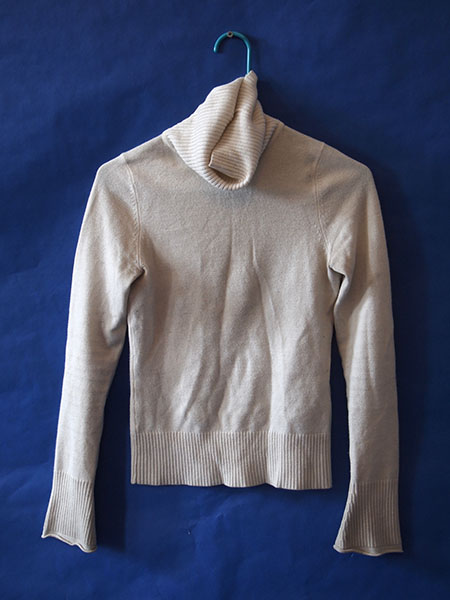![]() body | color | collections | commodity | cube | document | fabric | fetish | gender | glass | home | identity | living | machine | metal | minimal | mobility | narrative | olfactory | organic |
body | color | collections | commodity | cube | document | fabric | fetish | gender | glass | home | identity | living | machine | metal | minimal | mobility | narrative | olfactory | organic |
![]() pain | paper | plastic | plugs | power | protective | rectangular | ritual | round | sound | souvenir | spiritual | style | text-based | time | tool | touch | uniform | value | visual | warm | wood
pain | paper | plastic | plugs | power | protective | rectangular | ritual | round | sound | souvenir | spiritual | style | text-based | time | tool | touch | uniform | value | visual | warm | wood
| Clothing: Off-whiteTturtleneck Sweater | |||
Narrative: Takeout Actually a generic name to a class of polymers called alphaic polymers. Nylon is a synthetic fiber of a class of synthetic polymers developed in early to mid 1900’s. It was the world’s true first synthetic fiber. It is formally attributed to DuPont and Dr. Wallace Carouthers deemed the father of polymers. It is made by repeating bonds and is frequently referred to as a polymide. Nylon fibers specifically are made in a process known as “melt spinning”; syrupy polymer (adipic acid and hexamethylene diamine) solution produced then extruded through a spinneret. When fiber strings emerge they are cooled by air and stretched over rollers to stabilize molecular chains and strengthen the fibers. It was intended to replace silk and substituted for it in WWII including parachutes, flak vests, and vehicle parts including tires and that initiative enhanced speed of research and development. Currently joins rank with polyester in inexpensive mass manufacturing of goods – in 2010 & 2011 the global consumption of nylon was 4 Billion tons annually in filament yarn as well as fibers. I'm pretty sure I purchased this at a department store but don't recall when or where. It has been with me for at least six years. |
 |
||
![]()
